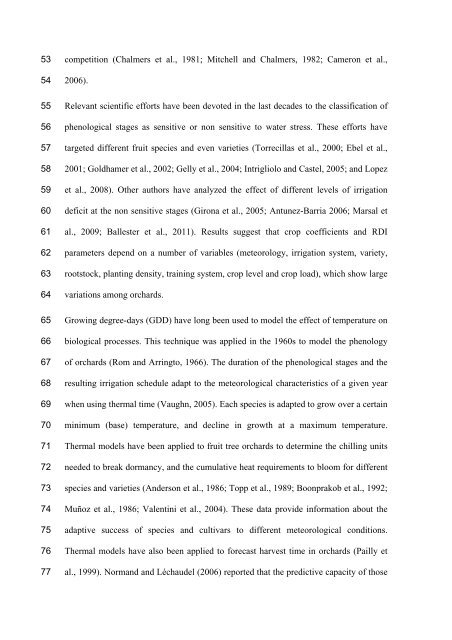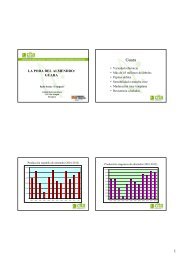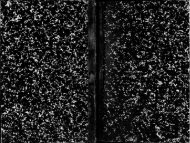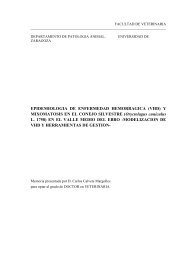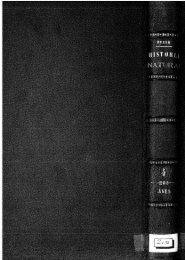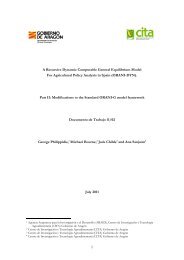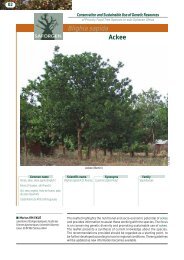SOFTWARE FOR ON-FARM IRRIGATION SCHEDULING ... - citaREA
SOFTWARE FOR ON-FARM IRRIGATION SCHEDULING ... - citaREA
SOFTWARE FOR ON-FARM IRRIGATION SCHEDULING ... - citaREA
Create successful ePaper yourself
Turn your PDF publications into a flip-book with our unique Google optimized e-Paper software.
53<br />
54<br />
55<br />
56<br />
57<br />
58<br />
59<br />
60<br />
61<br />
62<br />
63<br />
64<br />
65<br />
66<br />
67<br />
68<br />
69<br />
70<br />
71<br />
72<br />
73<br />
74<br />
75<br />
76<br />
77<br />
competition (Chalmers et al., 1981; Mitchell and Chalmers, 1982; Cameron et al.,<br />
2006).<br />
Relevant scientific efforts have been devoted in the last decades to the classification of<br />
phenological stages as sensitive or non sensitive to water stress. These efforts have<br />
targeted different fruit species and even varieties (Torrecillas et al., 2000; Ebel et al.,<br />
2001; Goldhamer et al., 2002; Gelly et al., 2004; Intrigliolo and Castel, 2005; and Lopez<br />
et al., 2008). Other authors have analyzed the effect of different levels of irrigation<br />
deficit at the non sensitive stages (Girona et al., 2005; Antunez-Barria 2006; Marsal et<br />
al., 2009; Ballester et al., 2011). Results suggest that crop coefficients and RDI<br />
parameters depend on a number of variables (meteorology, irrigation system, variety,<br />
rootstock, planting density, training system, crop level and crop load), which show large<br />
variations among orchards.<br />
Growing degree-days (GDD) have long been used to model the effect of temperature on<br />
biological processes. This technique was applied in the 1960s to model the phenology<br />
of orchards (Rom and Arringto, 1966). The duration of the phenological stages and the<br />
resulting irrigation schedule adapt to the meteorological characteristics of a given year<br />
when using thermal time (Vaughn, 2005). Each species is adapted to grow over a certain<br />
minimum (base) temperature, and decline in growth at a maximum temperature.<br />
Thermal models have been applied to fruit tree orchards to determine the chilling units<br />
needed to break dormancy, and the cumulative heat requirements to bloom for different<br />
species and varieties (Anderson et al., 1986; Topp et al., 1989; Boonprakob et al., 1992;<br />
Muñoz et al., 1986; Valentini et al., 2004). These data provide information about the<br />
adaptive success of species and cultivars to different meteorological conditions.<br />
Thermal models have also been applied to forecast harvest time in orchards (Pailly et<br />
al., 1999). Normand and Léchaudel (2006) reported that the predictive capacity of those


